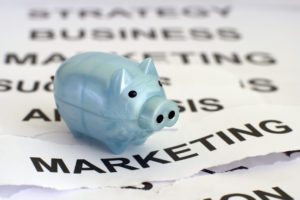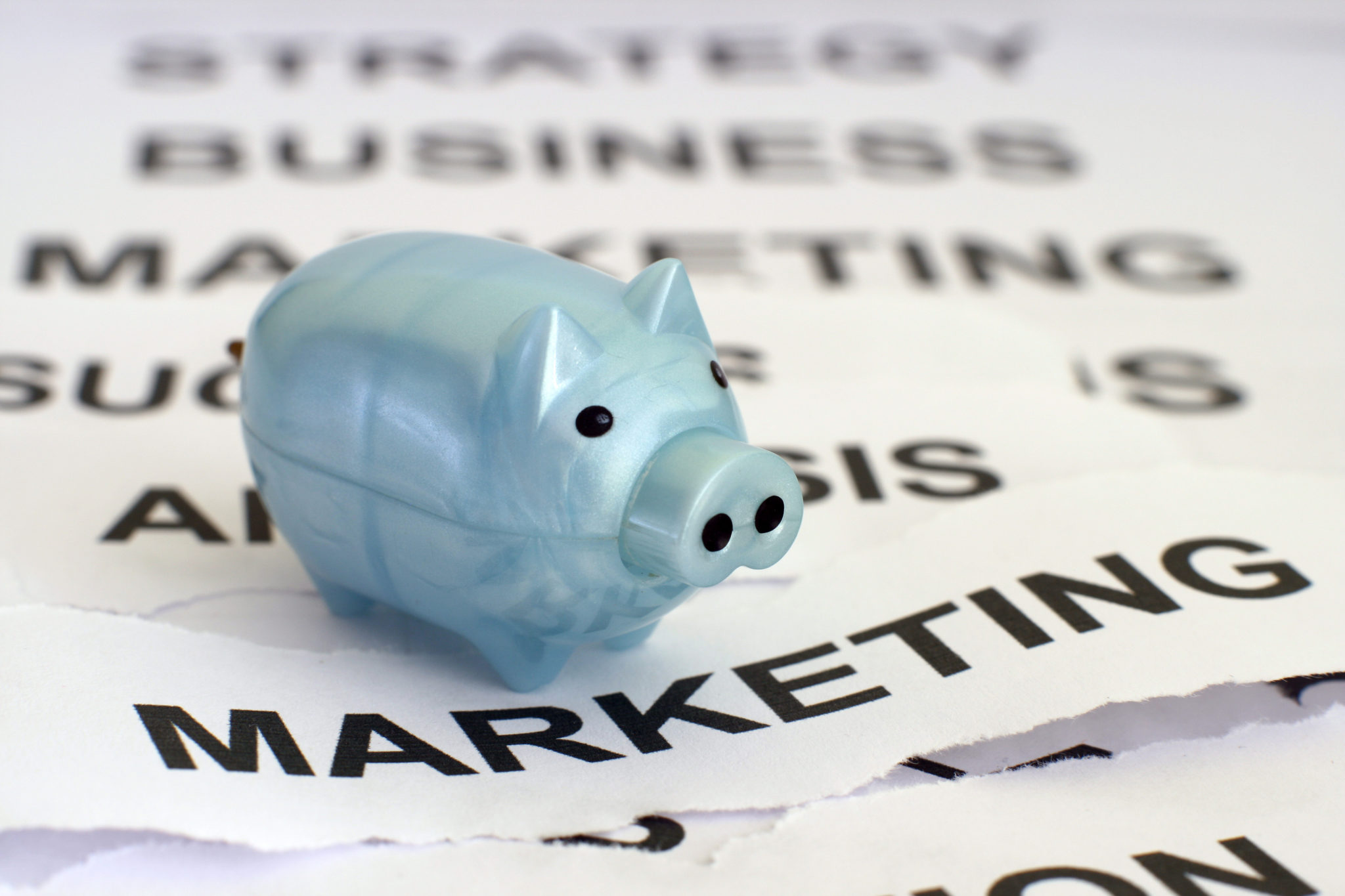On The Write Life, Chuck Sambuchino talks about the importance of making connections and setting a marketing plan in place before you even have a book published. I hate to use the term marketing here, because you want to make sincere connections and offer something of value to people, even if it is yourself. But Chuck does a good job of explaining that. Do you have any helpful tips on how to connect? If so please share in the comments, thanks!
~ * ~
How to Market Yourself as an Author Before You Have a Book to Sell
September 2015 saw the release of three of Chuck’s new books, the 2016 Guide to Literary Agents, the 2016 Children’s Writer’s & Illustrator’s Market, and his anti-clown humor book When Clowns Attack: A Survival Guide.

Let’s say you have a book out and want to promote it. So you contact a website and offer to write a free guest post (or several) for them.
In exchange for providing the free content, you have some requests:
- You want the column(s) to be accompanied by your book cover
- You want the column(s) to be accompanied by your headshot
- You want the column(s) to be accompanied by your bio, with a link in the bio that will redirect readers to a buy page for the book — Amazon or IndieBound or whatever you ask
Some people may have further things to promote, like classes or workshops or consultation services or an eBay profile full of knickknacks. It doesn’t matter.
The point is that if you’re writing the column for free, what you want out of the exchange is the chance to promote something. Simple and easy.
This is Guest Blogging 101, and everyone wins in this deal.
The best time to promote yourself: now
But what if you don’t have a book or anything to sell yet? What are you selling then? Simple: You’re selling a connection to yourself.
Sure, you don’t have a book for sale now, but you will in the future — so you need to connect yourself to interested individuals now so you can inform them of the book release down the road.
You can encourage potential readers to stay connected to you in a few simple ways:
- Follow you on Twitter
- Sign up for your free email newsletter
- Like your Facebook fan page, or befriend you on your personal page
- Subscribe to the RSS feed for your blog
Read the full post on The Write Life
~ * ~
If you liked this article, please share. If you have suggestions for further articles, articles you would like to submit, or just general comments, please contact me at paula@publetariat.com or leave a message below

